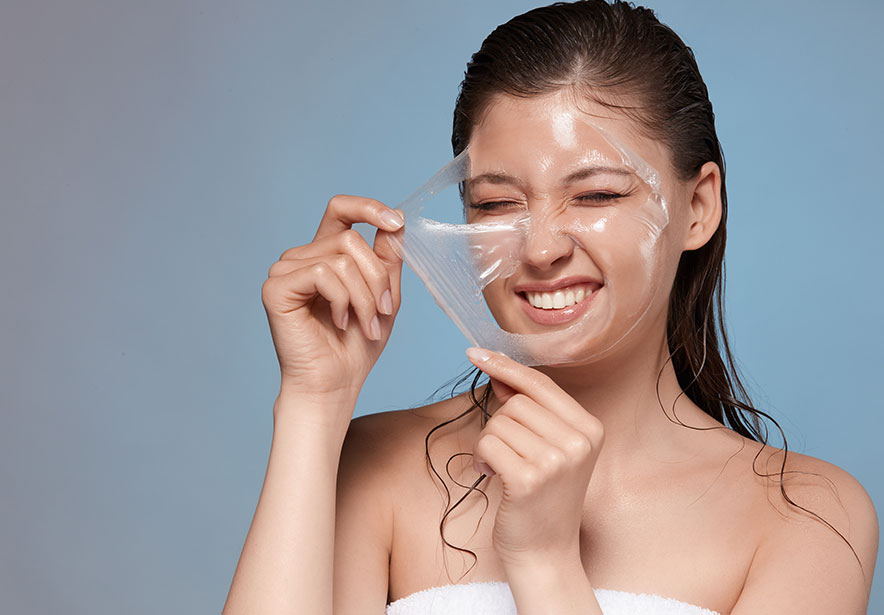Chemical Peeling
Chemical peels, also known as chemical exfoliants, are commonly used for cosmetic reasons such as treating pigmentation, scars, and wrinkles. Additionally, they are employed to lighten acne scars, treat acne, and eliminate precancerous lesions on the skin. Chemical peels serve as an adjunctive treatment for acne, rosacea, and pigmentation issues.
Chemical peels involve the application of a chemical solution to the skin to exfoliate the outer layer with the goal of improving and correcting skin imperfections.

Chemical peels are classified based on the depth of the procedure: superficial, medium, and deep peels. This classification depends on how deeply the peel penetrates into the layers of the skin. Currently, superficial and medium-depth peels are more commonly performed. Deep peels have been largely replaced by methods like laser resurfacing and dermabrasion. Superficial peels can be applied at weekly intervals, whereas medium-depth peels may be performed every 3-6 months.
All types of chemical peel procedures carry certain rare risks.
* Chemical peels must be applied by a qualified physician.
All these products enhance skin exfoliation, accelerating cell renewal. By peeling off the outer layer of the skin, smoothness is restored to the skin.

Reasons for Superficial Peeling Application:
Regulating irregular, dry skin, Eliminating fine wrinkles, Treating acne, Treating pigmentation issues: Before and between peeling sessions, retinoic acid creams or AHA-containing creams or cleansing gels with low concentrations should be used. These products enhance the effectiveness of peels. In the treatment of pigmentation, lightening creams such as Hydroquinone are added to these products.
Chemical peels can be applied in a clinic environment and do not require operating room conditions. Superficial peeling procedures only cause a slight stinging sensation. They do not require anesthesia. After superficial peeling, temporary redness, flaking, and peeling may occur. Such complaints can be managed by adjusting the peel according to the skin type. Temporary redness, flaking, and dryness after superficial peeling do not interfere with daily life and work. Regular peeling treatments make the skin more vibrant and radiant.
